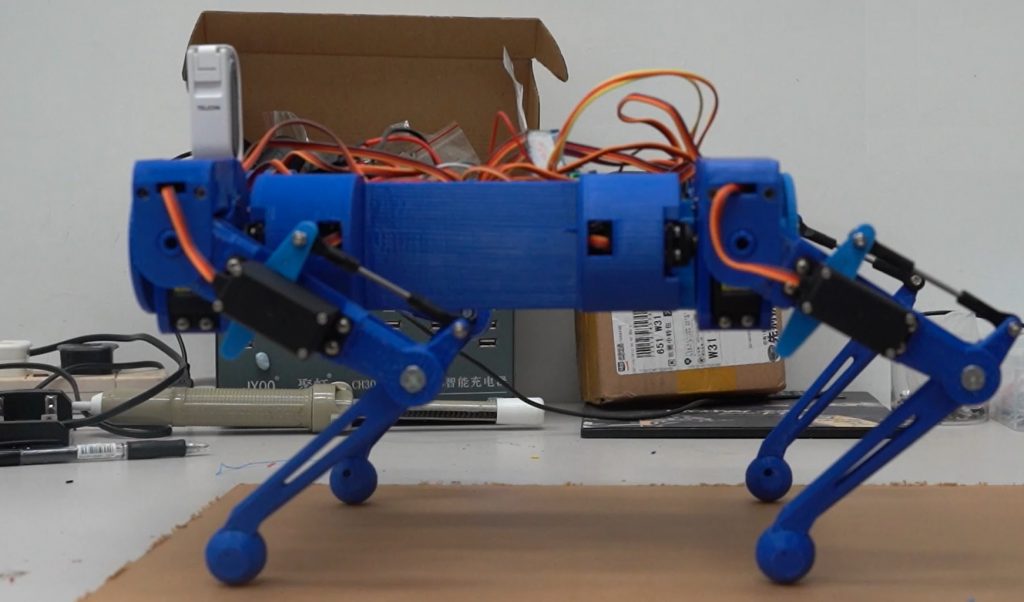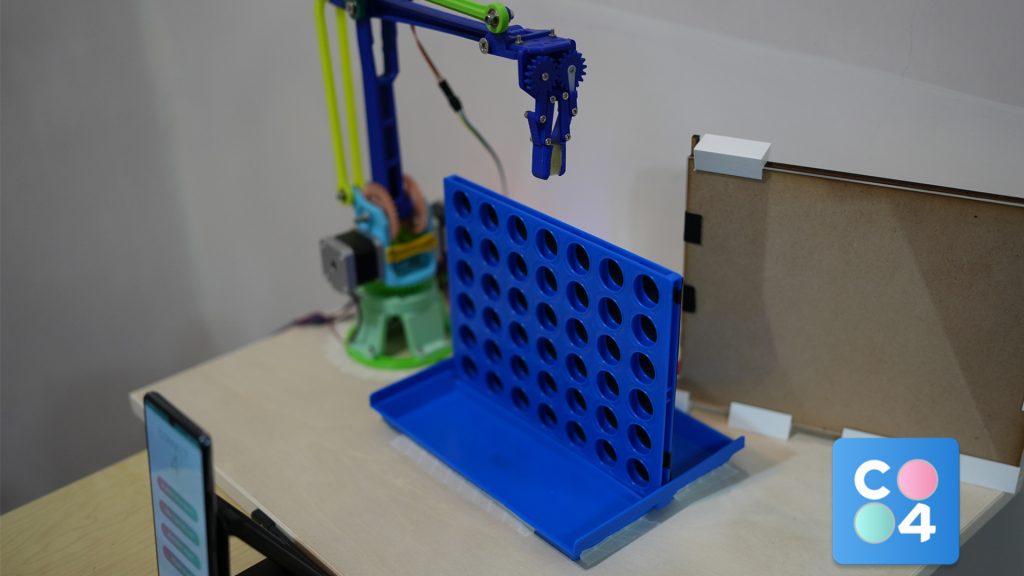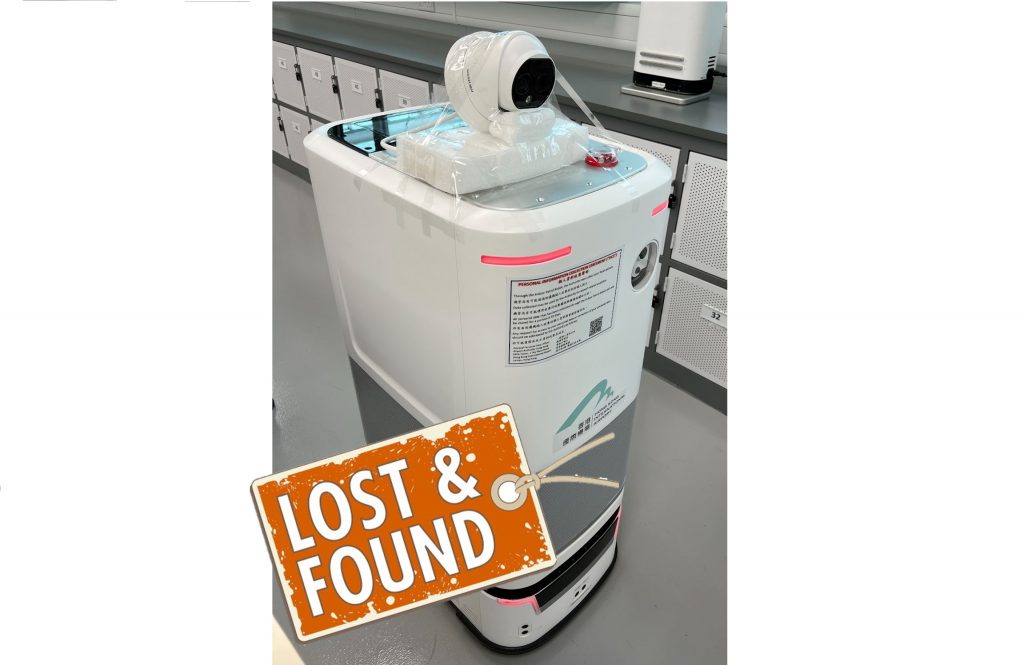Machine Vision for Urban Farming Applications
The flowers of strawberries are insect-pollinated flowers that require insects to pollinate in the nature environment. However, insects will not be found in indoor hydroponic farms. Strawberry flowers require insects for the pollination process. Therefore, manual pollination is required since insects cannot be found in the indoor hydroponic lab.
In order to reduce the manpower and enhance the automation of urban indoor hydroponic farming, an autonomous pollination system will be developed for Vegetable Marketing Organization (VMO). This application applies YOLOv4 for detecting the strawberry flowers and for classifying the color of anthers. Also, this system includes the flower growing tracker, which can record the growing situation of the flower for the research fields related to planting.
Machine Vision for Urban Farming Applications Read More »










